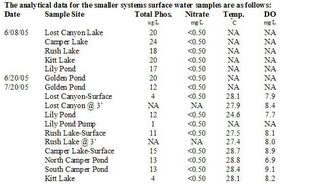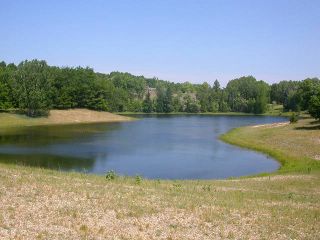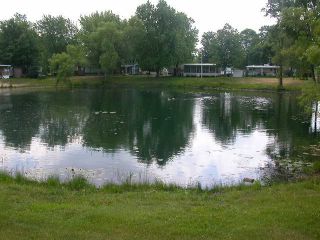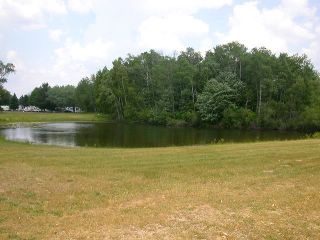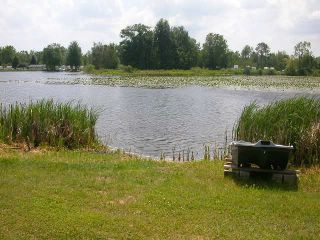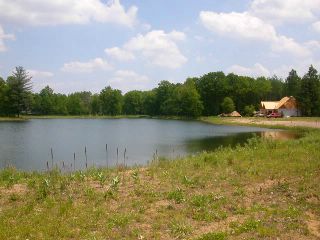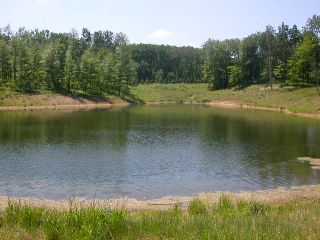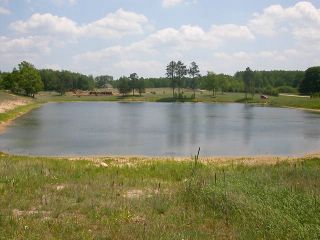Kitt Lake
Location: In the Waterford of Tullymore SE of the intersection of Abbey Lane and Dunhill Drive
Size: ~4 Acres (No GPS Map)
Inlet/Outlet: None
Developed Shoreline: Recent and current development of 4 established homes and a fifth nearing completion at the time of the survey.
Max Depth: ~11 ft
Mean Depth: ~6ft
Aquatic Vegetation/Macro Algae: Chara dominated with an occasional patch of
Sago, Illinois, Floating Leaf, Broad Leaf and Illinois Pondweeds; Slender Naiad and Bladderwort creating a stable diversity of native plant species. No species is dominant per say with nuisance issues only occurring in isolated deeper beds and a shallow area along the east side of the lake.
Fish Population: What is most unique about Kitt Lake is that it has no large predator (fish- pike, bass, perch or crappie). A low spawning success hybrid sunfish population was established via stocking and a very limited minnow population exists. The lake presents an ideal opportunity to stock Golden Shiners and Fathead to see how well they survive and reproduce. After the forage base is established, predator fish can be added to create a solid fishery.
Plankton Data: 7-20-2005
No herbicide treatment in 2005
Zooplankton: Rotifers and Copepods common, Cladocerans present but rare (near shore sample)
Phytoplankton: Good diversity, Ceratium, Micrasterias, filamentous Spirogyra common, non-filamentous blue-green Gomphosphaeria present
Sample very mixed good smaller green algae
Notes: Kitt Lake has a very active Lake Association whose members have high expectations for their lake. With low-density development, an active lake association, and low in-lake nutrient concentrations, Kitt Lake has the potential to provide high water quality for years to come if vigilance continues.
Recommendations: Some spot aquatic plant treatments may be required, but nutrient management and the committed lake association should allow us to minimize nuisance issues just by tweaking the natives currently in the lake. Forage base stocking and eventual bass, perch, and/or crappie stocking should take place. We plan to visit regularly to monitor aquatic plant and fish population and to work with riparians to minimize nutrient inputs. Native vegetation can be managed to insure season long high water quality.
